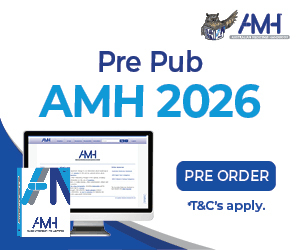Many aged care residents are worried that staff are not able to respond to them in time to help with toileting because they are ‘run off their feet’, new research has found.
The research, which explored the experiences, expectations and preferences for continence care in residential aged care homes, was recognised at the National Conference on Incontinence in Melbourne last month.
Academic and registered nurse, Professor Joan Ostaszkiewicz, together with colleagues at the National Ageing Research Institute (NARI), were awarded a $5,000 funding prize after taking out the Barry Cahill Travel Scholarship for the Best Paper Prize at the conference.
Almost three quarters of aged care residents live with urinary incontinence and the negative impacts can drastically affect the quality of life of older people, increasing risk of falls and the development of painful dermatitis, researchers say.
Despite these known impacts, Professor Ostaszkiewicz said there is limited evidence about the lived experience of people with continence care needs in Australian residential aged care homes.
“It was really important to us that we listen to those who need the support, and base future planning and models of care around them.” Professor Ostaszkiewicz said.
The research study was part of a larger program of research, funded by the Continence Foundation of Australia, resulting in the development of a best practice model of continence care in residential aged care homes in Australia.
The project found that aged care residents were worried that staff would not be able to respond in time to their need for toileting assistance. Many described attempting to anticipate staff availability in order to avoid overburdening them with their continence care needs.
“Residents were extremely concerned for staff who they saw as ‘run off their feet’. It’s so important that residents feel they are able to access help to reach and use the toilet when they need it, from staff who care and understand their needs. But unfortunately, our research showed in many instances residents don’t feel they have that access,” Professor Ostaszkiewicz said.
Access the Best Practice Model of Continence Care for Residential Aged Care here








